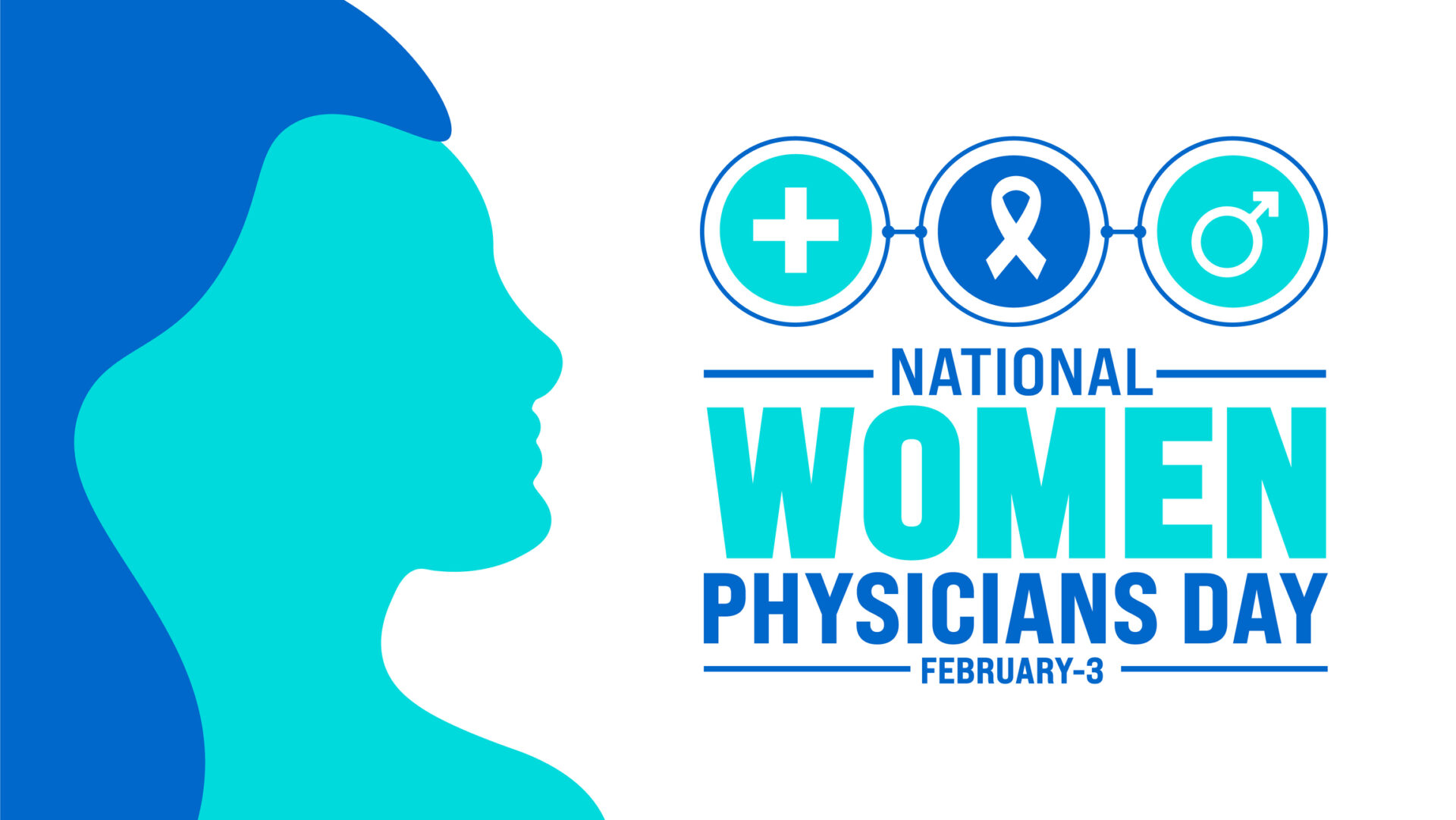Last updated October 14, 2020.
Internal medicine is comparable to both family medicine and pediatrics, but rather than working with patients of many ages, this medical specialty focuses only on treating adults. These physicians diagnose, treat, and prevent a variety of illnesses. Internists frequently see patients for physicals and routine maintenance of chronic conditions. Doctors who practice internal medicine are referred to as internists, while those who practice in hospitals may be called hospitalists.
Below we outline the educational requirements to become a licensed internist.
Internal Medicine Residency
Following medical school, individuals looking to specializing in internal medicine must complete a three-year residency program. According to data compiled by the Accreditation Council for Graduate Medical Education, approximately 29,243 medical graduates were accepted into internal medicine programs during the 2019-2020 residential year. Between 2018 and 2019, just 28,420 individuals were enrolled in internal medicine residency programs.
Of this population accepted between 2019 and 2020, international medical students made up 44.4% of the population. The large number of IMGs accepted into internal medicine programs is a trend that has been present for nearly a decade, making it an excellent choice for those applying in the future.
Internal medicine is also a practical specialty for IMGs and other medical students because it allows individuals to work in various concentrations within medicine. The options for subspecializing are somewhat endless and include the following:
- Addiction Medicine
- Adult Congenital Heart Disease
- Advanced Heart Failure and Transplant Cardiology
- Cardiovascular Disease
- Clinical Cardiac Electrophysiology
- Clinical Informatics
- Critical Care Medicine
- Endocrinology, Diabetes, and Metabolism
- Gastroenterology
- Geriatric Medicine
- Hematology
- Hematology and Medical Oncology
- Hospice and Palliative Medicine
- Infectious Disease
- Internal Medicine-Pediatrics
- Interventional Cardiology
- Medical Oncology
- Nephrology
- Pulmonary Critical Care
- Pulmonary Disease
- Rheumatology
- Sleep Medicine
- Transplant Hepatology
To become specialized in one of the areas listed above, an individual will need to spend additional years in a more focused residency or complete a fellowship lasting one to three years. Information on each subspecialty and their education requirements can be found through the American College of Physicians.
Practicing as a Physician
According to the American Association of Medical Colleges, there are approximately 870,000 actively practicing physicians within the U.S. Of this population, 63,435 are internists. Although internal medicine seems to be a growing specialty based on the increase in individuals accepted into residency programs within this specialty, COVID-19 has challenged this area of medicine, causing layoffs and decreasing incomes. Currently, the average internist makes about $251,000 each year. This figure is on the lower end of average physician incomes.
The future of internal medicine will see a rise in telehealth services. During the first months of 2020, remote patient appointments grew by 225%. Telehealth services are popular among the elderly and those with small children as transportation is not necessary, and wait time is limited. Internists may provide care to the elderly.







Leave A Comment